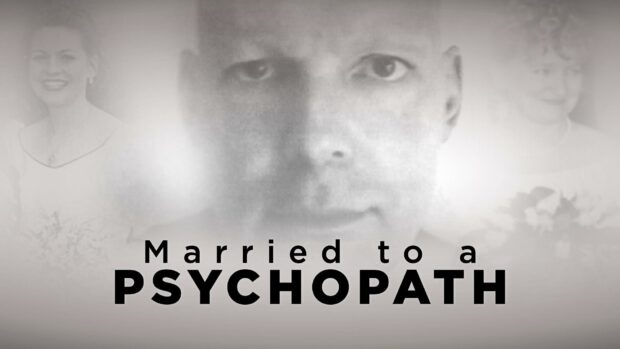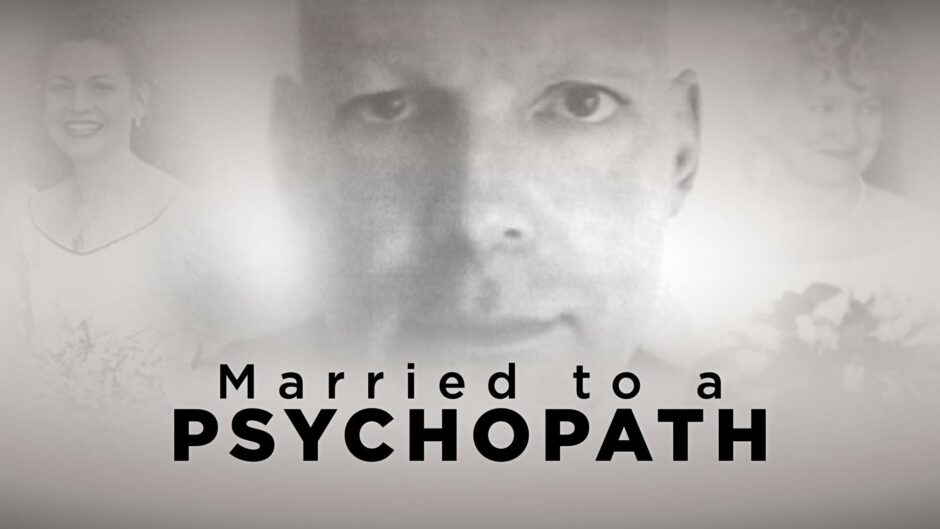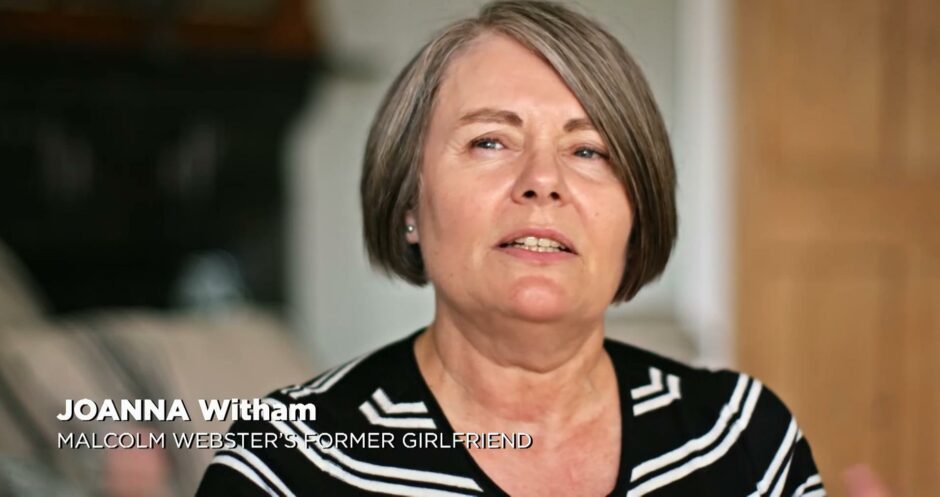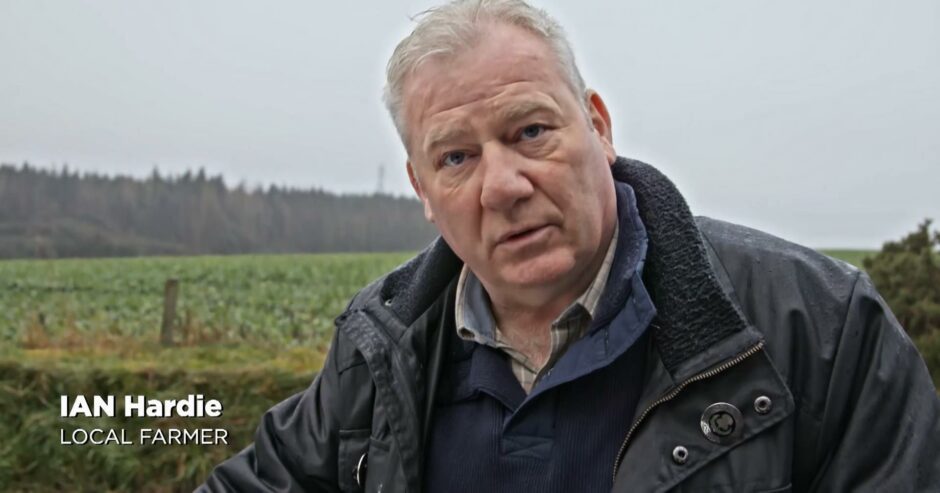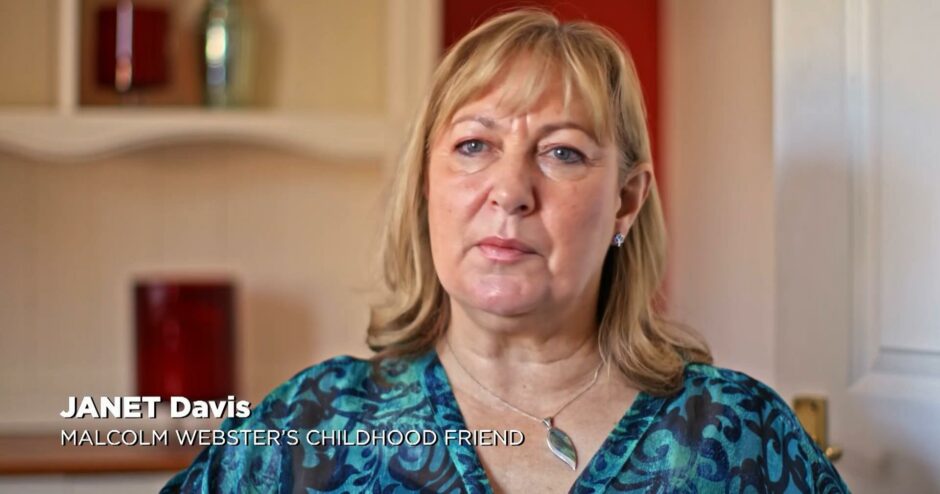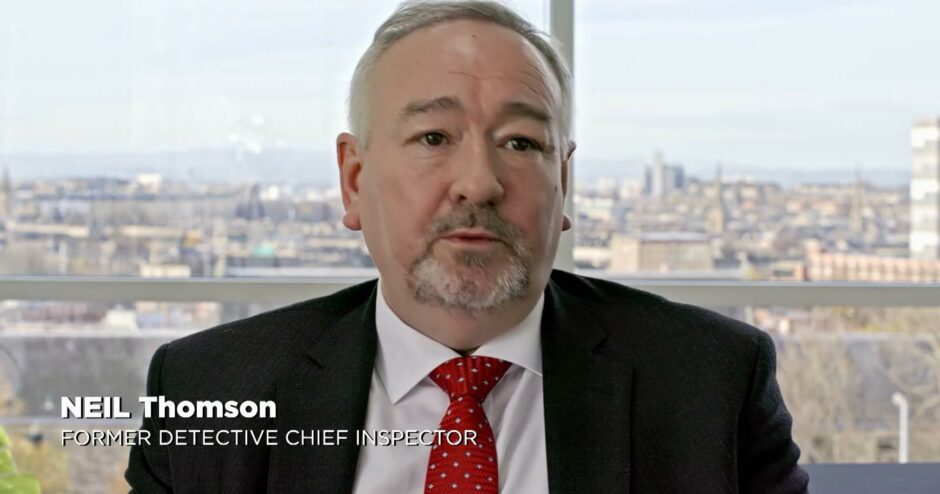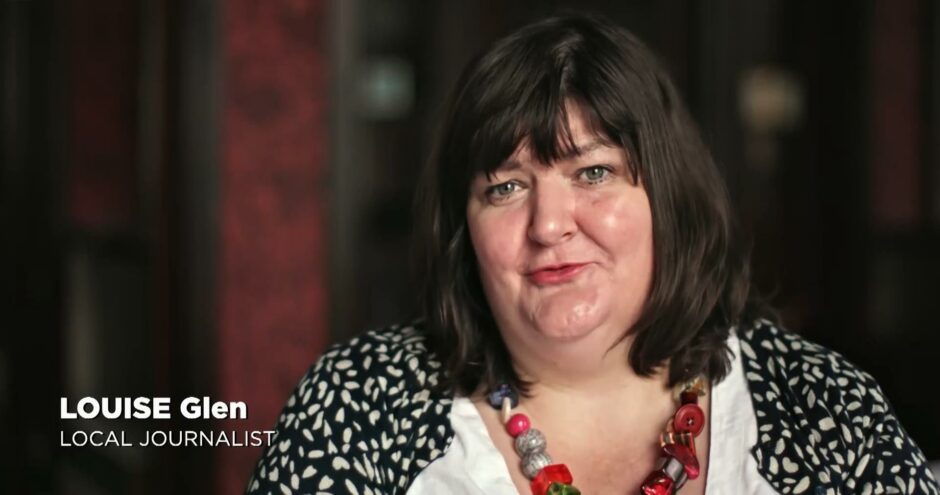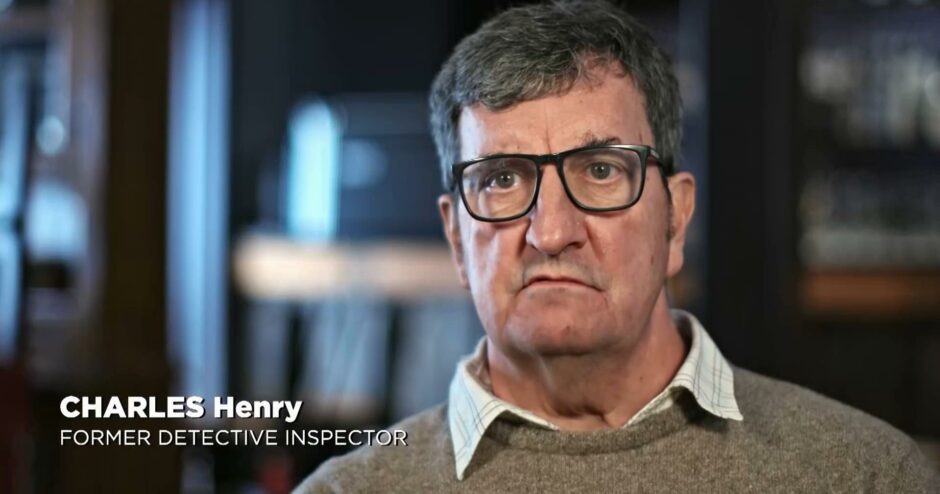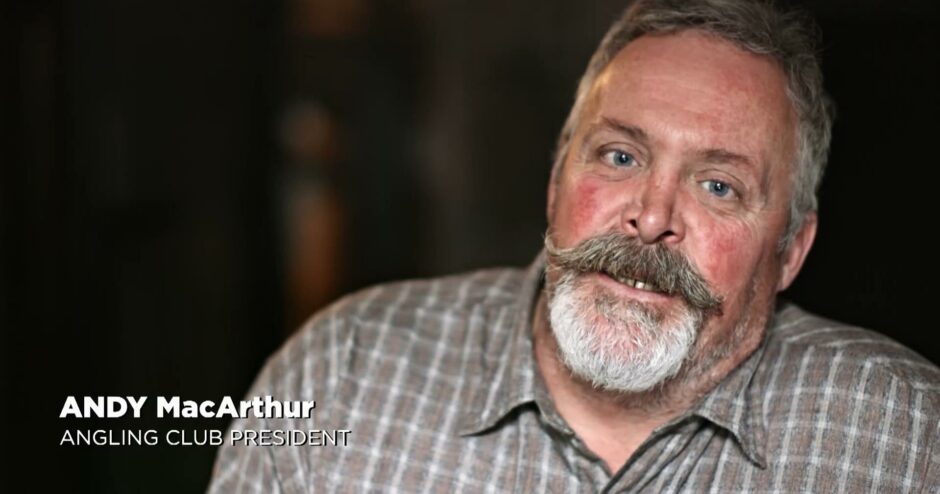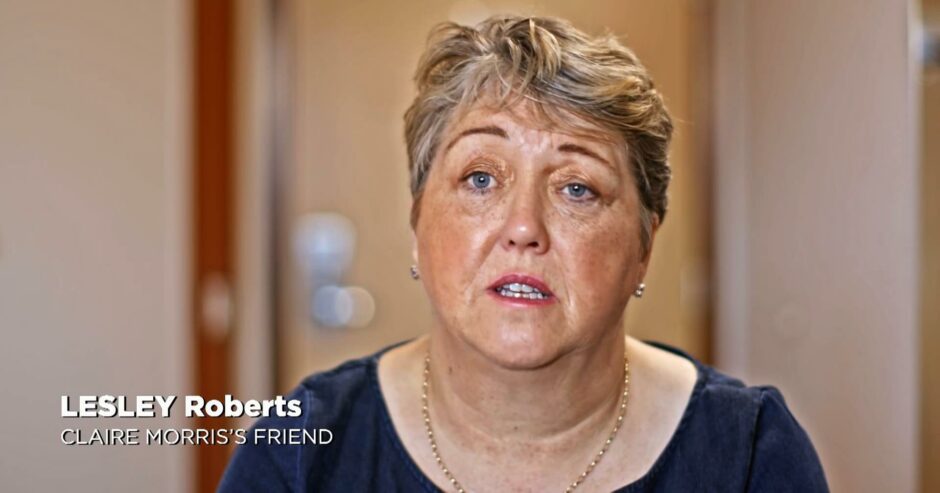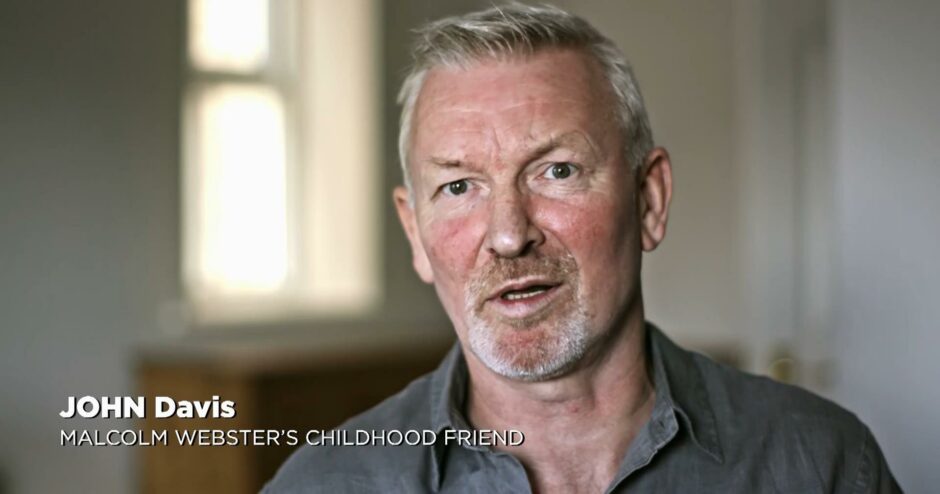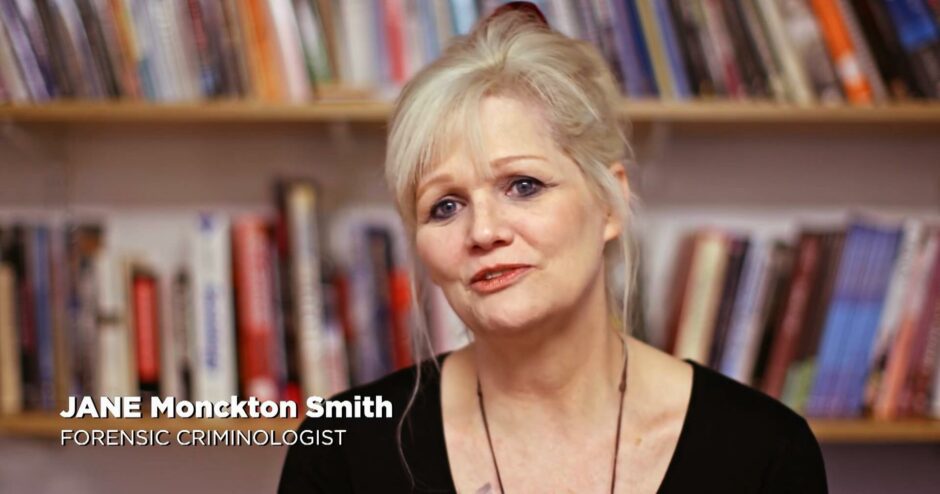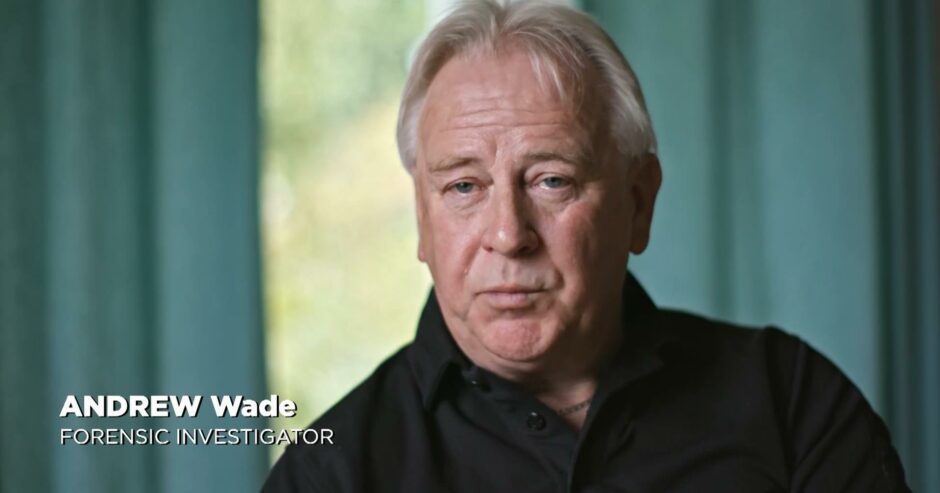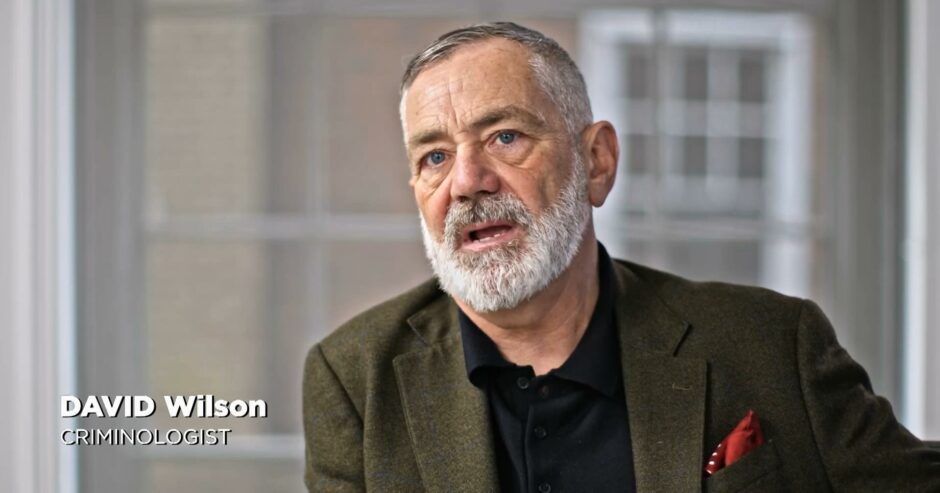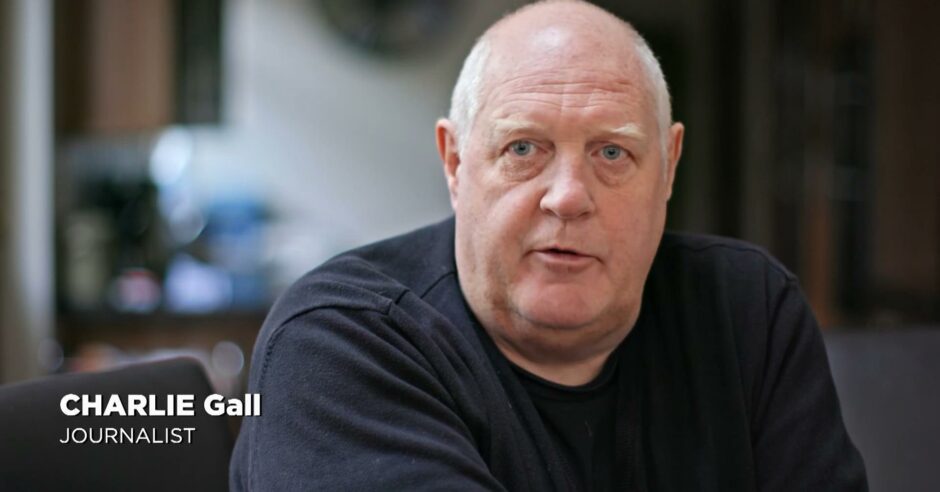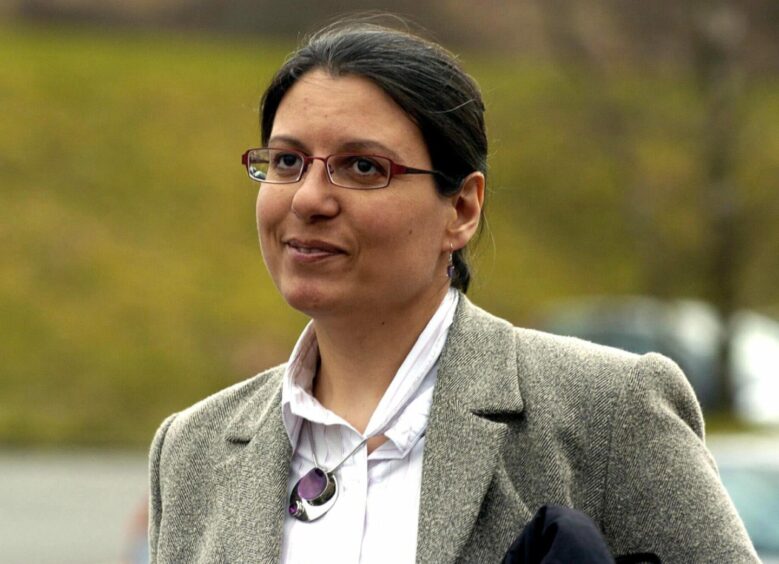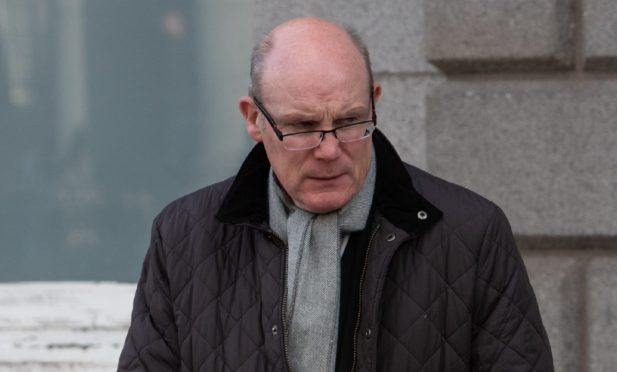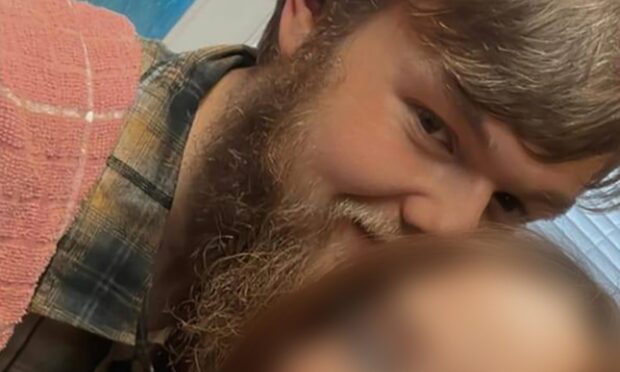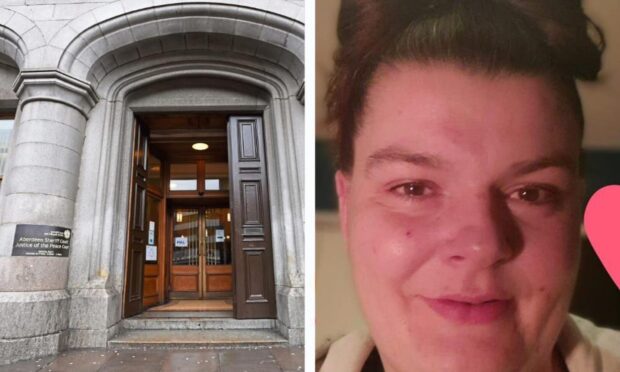A new two-part documentary about one of the north-east’s most notorious wife killers is to screen on Channel 4 next week.
Malcolm Webster – known as the Black Widower – was jailed for a minimum of 30 years for killing his first wife Claire Morris in Aberdeenshire back in 1994.
Authorities believed Claire died in a non-suspicious car crash but actually Webster had staged it all by setting the vehicle on fire with his wife inside.
Soon after Claire’s death, Webster used money from her £200,000 life insurance policy to splash out on a Land Rover Discovery followed later by a yacht.
The new documentary, called Married to a Psychopath, focuses on the lesser-known twists and turns of the case, in particular by dogged detectives in Oban, where Webster was living a lie many years after he seemingly got away with the murder.
It begins with: “Imagine falling in love with the perfect partner, only to find out they want to steal your money. Worst of all, they are prepared to kill you for it.”
The Oban connection
The documentary airs at 10pm on Monday and features interviews from former friends, an ex-girlfriend and the Strathclyde Police detectives who worked tirelessly to unmask Webster as the sociopath he was.
“This was the last case of any significance in my career. The most extraordinary. The most time-consuming. The most worrying,” retired Detective Inspector Charles Henry tells producers.
Charles shared his previously untold story of how the killer’s new life in Oban was the beginning of the end for his freedom and the last of his potential crimes.
WATCH: a sneak peek trailer:
In 2002, Webster, a former NHS Grampian nurse, accepted a job at Oban’s local hospital.
Webster met NHS manager Simone Banerjee there two years later and they became romantically involved.
But the man she would later become engaged to was already married to Felicity Drumm whose $140,000 savings he’d stolen after trying to murder her in New Zealand.
Webster escaped police action when he fled to Scotland after Felicity, whom he’d been drugging since they married in 1997, discovered nine life insurance policies worth £1 million taken out in her name.
It wasn’t until a few years into Webster’s new life in Oban that the “devious, calculating individual” drew police attention once more.
In the spring of 2006, the local angling club reported £4,000 was missing and its treasurer Webster was to be questioned by the authorities.
Angling club president Andy MacArthur told the documentary: “He was probably the fishiest thing about the angling club.”
But because Webster paid back the money and pretended to be ill with cancer, the police probe into embezzlement was dropped at the request of angling members.
That was to be the first time that Det Insp Henry would learn the name Malcolm Webster.
“Little did I know that that individual was probably going to change my life in a significant manner,” Charles told the documentary.
He said that intelligence reports received later that year became “the start of the most memorable part” of his police career.
The three reports revealed the New Zealand connection and led to Oban police opening an investigation – codenamed Operation Liffey – into Webster.
“The key function of Operation Liffey was to stop Malcolm Webster from causing harm and killing. The primary focus of that was Simone Banerjee who was by that time his partner,” former Detective Chief Inspector Neil Thomson told filmmakers.
GALLERY: Who’s in the programme?
Simone’s family was wealthy, she had a trust fund set up in her name, owned a big home and had a 50% share in a boat.
Concerned for her safety, DCI Thomson and DI Henry frantically tried to investigate Webster on the quiet.
In 2007, police informants at the hospital where Simone and Webster worked secretly alerted investigators that the engaged couple were planning a honeymoon.
The source said they intended to travel onboard Simone’s yacht for a transatlantic trip from the Canary Islands to the Caribbean.
Alarm bells rang for the detectives, who were previously told by bosses not to approach or warn Banerjee.
But the new information led to their second request to present Simone with a so-called ‘Osman’ letter being granted in December 2007.
Osman warnings are issued if police have intelligence of a real and immediate threat to the life of someone.
Charles said: “She was obviously visibly upset by this. She turned round and said: ‘I suppose you’re going to tell us that he’s not got cancer either.’
“We actually stared blankly back at her.”
The ‘Osman’ letter lacked detail but it did refer to Webster’s “now wife in New Zealand.”
After speaking with New Zealand police, Banerjee confronted the man she had planned to spend the rest of her life with and Webster then fled Oban.
Aberdeenshire car crash investigated
In the same month, Grampian Police launched a murder inquiry into the death of his first wife Claire Morris.
It had been 13 years since her death but officers would finally get to the bottom of what really happened to her.
The inquiry was launched after a tiny sample of Claire’s liver, which had been taken at the time of her post mortem, was located and tested.
It revealed that she had been drugged with Temazepam which is used to treat insomnia but was never prescribed for Claire to use.
After 1,000 police statements were taken in a number of countries, Webster was charged with crimes including murder, attempting to murder and intending to bigamously marry.
It took prosecutors 50 days to present the evidence against Webster but just less than four hours for the jury to convict him on May 19 2011.
In 2016, Webster’s request to have his conviction and sentence reviewed was rejected.
Mark Procter, executive producer and CEO of the production company Big Little Fish Television, added: “We allowed those filmed and connected to the story to view the show ahead of broadcast.
“The feedback has been positive with many remarking that this has been a cathartic experience and that they are grateful for the sensitive way we have handled the production.”
For all the latest court cases in Aberdeen and the latest crime and breaking incidents, join our new Facebook group.
